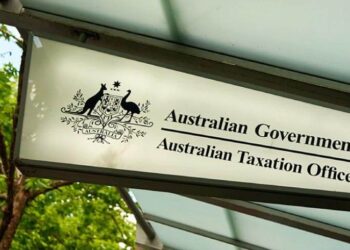Sean Johnston, SMSF specialist with Heffron, said, however, that in a practical sense, winding up an SMSF is a little different.
“Ideally, when you wind up an SMSF, you would have no cash, no assets, no income tax, no other liabilities, and no member benefits left,” he said.
“Functionally, though, balance sheets look a little different. There will be some cash in there because you’ll need some cash to keep the bank account open. You may also have some tax assets because you have some dividends during the year, and you’re not going to get those franking credits back until after you’ve lodged your tax return. As well, there may be some creditors left, because you have got to pay your accounting and adviser fees, as well as some member payments.”
Johnston said in practical terms, an SMSF needs to be materially wound up to meet the standard.
“Material is relevant to the context of the fund. If I have a fund that has $40,000 in it at the start of the year, and it still has $40,000 at the end of the year, it’s probably not materially wound up.”
“But the ATO does have a bit of a concession in there, because it understands that you are going to have to lodge a final tax return. That tax return may have some franking credits attached to it. It may have some fees to pay. There may be a little bit of interest to come in. What they want to see is a balance sheet reduced down to more or less the functional bare minimum.”
He continued that if the fund is reduced to that bare minimum, the ATO considers it wound up.
“However, importantly, you can’t have any investments still left in the fund, so you can’t have 1,000 BHP shares sitting on your balance sheet. It’s basically just cash, tax receivables, tax liabilities, creditors and any little dividends that are trickling back in that you haven’t received.”
Johnston said when explaining to clients what a wind-up would look like, he instructs them to dispose of all their assets, either by selling them or via a transfer.
“[Then I tell them to] pay as much stuff as they can, receive as much income as they can, and then we’ll try to estimate a tax bill based on some interim financials and leave that amount in the fund, plus a little bit of a margin of safety on top of that in your fees.”
“Let’s say, for example, the tax bill comes to $10,000, I’d probably say to a client, leave $15,000 in the fund’s account. One of the things with wind-ups, we do want it to be materially wound up, but it’s much harder to get money back into a fund, to pay bills and tax liabilities.”


